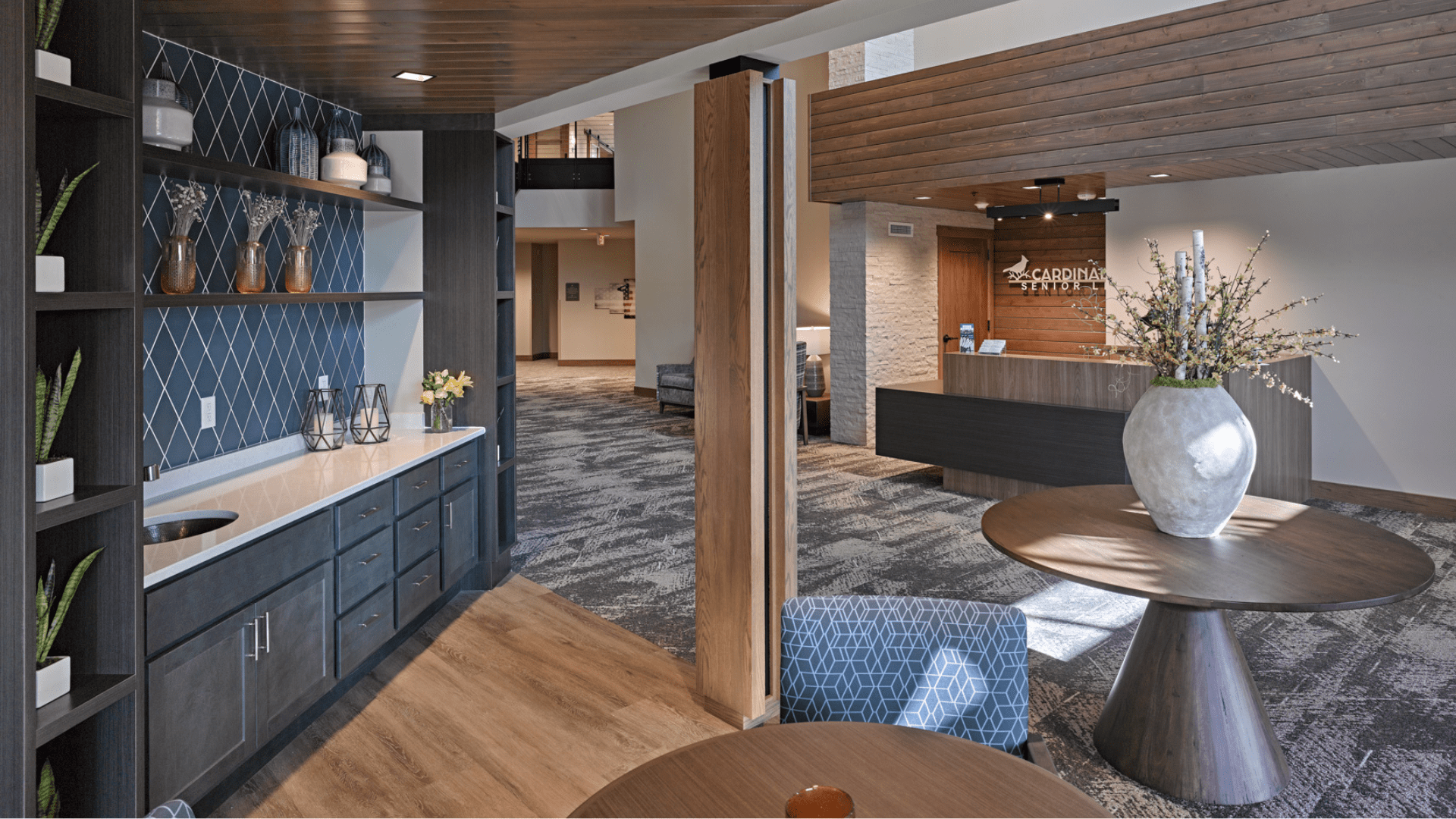If you’ve never taken on a construction project before, whether it’s a renovation, addition, or…
7 Ways to Keep Your Building in Shape
Written by Quality Control Manager, Brent Douglas
1. Inspect and maintain sealants. Sealants are often used around windows, doors, pipes and grilles to help prevent water and air infiltration.
They are also used where exterior building materials change such as between a precast sill (ledge) and the abutting wall material. Depending on your climate, they are exposed to extreme temperatures and direct sunlight. They are subject to movement and drying. A good practice would be to check them yearly looking for cracks, separation or dried areas. Repair or replace any portions that show deterioration.
2. Maintain floor drain traps by filling with water.
Unused drains can dry out. Picture the under-sink loop in the old Drano commercials. Without water sitting in the bend, sewer gas can freely enter the room.
3. Invest in service contracts for HVAC, elevators and fire protection.
At the very least keep HVAC grilles and diffusers clean and replace HVAC filters quarterly. But also realize that hiring a seasoned professional to inspect critical components on a regular basis can be cheap insurance against larger, preventable costs. They can also ensure that your equipment is working efficiently to reduce operational costs.
4. Follow floor covering cleaning recommendations.
Floor coverings have come a long way in preventing soil and stain problems, but cleaning helps extend the life of most products. Regular vacuuming reduces wear by removing abrasive sand and grit. Cleaning also helps prevent gradual discoloration and staining. Many products require specific products and procedures. Be sure to check with the manufacturer to ensure you don’t do more harm than good.
5. Maintain the exterior skin of the building.
Repair damage caused by plowing, shoveling, mowing, etc. to avoid air and water infiltration causing further damage. Rust, rot, mold – even insect and rodent ingress – can often be preventable through timely action.
6. Keep storm catch basins clear of debris.
This is a problem similar to the roof drains, without the interior dripping. Again, the water is not being quickly diverted. Again, standing water can seep into places you don’t want it such as cracks in your asphalt paving where it will then freeze, expand, and create a nasty pothole. Or, it may work its way below the paving and cause havoc in the sub-base.
7. Keep roof drains clear of debris.
If your roof drain gets plugged, you’ll get a birdbath, and then a pond. In most cases, it would take a LOT of the water to cause a structural problem, but standing water has a sneaky way of creeping into the smallest of cracks, or openings, or separations in roofing materials and working its way into the most inconvenient places before dripping in a corner office or on a boardroom table.


